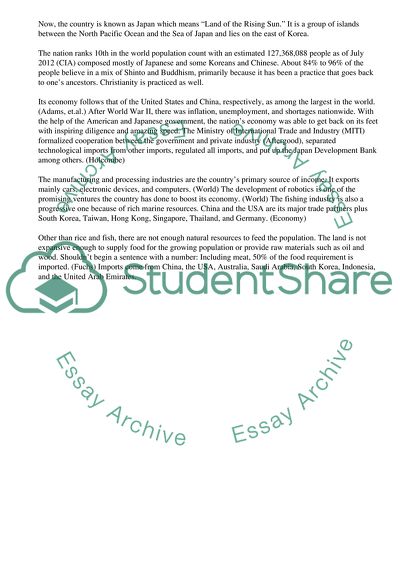Cite this document
(Analysis of Japan's Economy and Business Practices Case Study Example | Topics and Well Written Essays - 1750 words, n.d.)
Analysis of Japan's Economy and Business Practices Case Study Example | Topics and Well Written Essays - 1750 words. https://studentshare.org/business/1768700-japan
Analysis of Japan's Economy and Business Practices Case Study Example | Topics and Well Written Essays - 1750 words. https://studentshare.org/business/1768700-japan
(Analysis of Japan'S Economy and Business Practices Case Study Example | Topics and Well Written Essays - 1750 Words)
Analysis of Japan'S Economy and Business Practices Case Study Example | Topics and Well Written Essays - 1750 Words. https://studentshare.org/business/1768700-japan.
Analysis of Japan'S Economy and Business Practices Case Study Example | Topics and Well Written Essays - 1750 Words. https://studentshare.org/business/1768700-japan.
“Analysis of Japan'S Economy and Business Practices Case Study Example | Topics and Well Written Essays - 1750 Words”. https://studentshare.org/business/1768700-japan.


